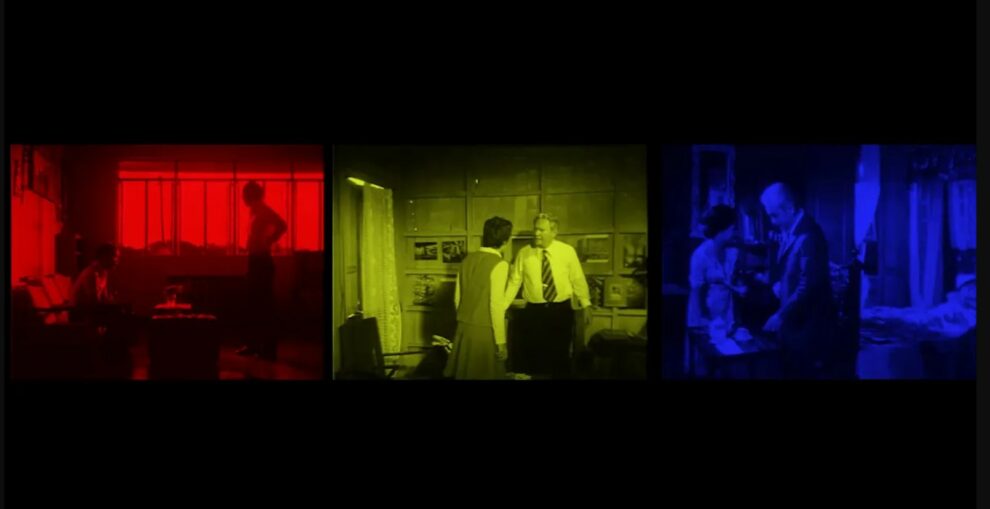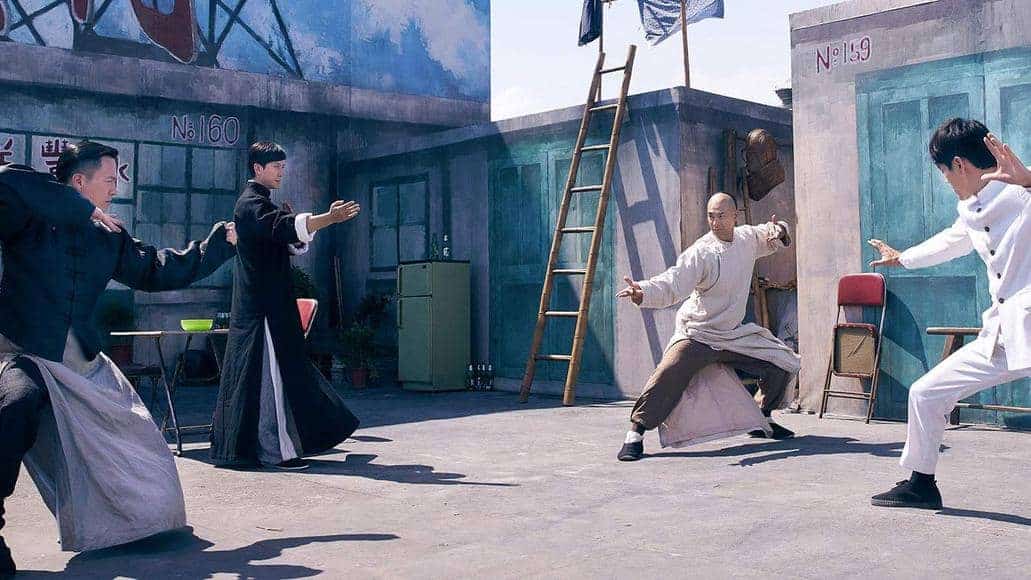Continuing an effort to archive films in a way that constitutes art, Khavn's second feature screening in Rotterdam this year, focuses on the films of Lino Brocka, through an experimental approach that seems to follow, this time, a kind of form.
National Anarchist: Lino Brocka is screening at International Film Festival Rotterdam

Lino Brocka is probably the most famous filmmaker of the Philippines internationally, with the inclusion of “Manila in the Claws of Light ” in Martin Scorcese's World Cinema Project helping the most in that regard. Brocka directed over sixty fiction features between 1970 and 1991, the year he died in a car accident. Khavn's “tribute” actually begins with his death, with the intertitles hinting that, considering his continuous criticism of the various governments of the country, this might as well not be an accident. Khavn, who has frequently dealt in various ways with Brocka in his films, took everything that was available from his filmography, including VHS and bad quality YouTube clips, and made a collage in his trademark loud, in-your-face, chaotic, color-grading style, which resulted in “National Anarchist”
The “form” here appears in the way Khavn has created his collage, with each of the plethora of segments having a common characteristic to revolve upon, which, each time, seems to highlight one of the elements frequently appearing in Brocka's movies. In that fashion, the “reel” begins with a series of scenes showing the director's name in the beginning of his movies, and continues with collections of sex, hands, women fighting, cameras, smoking, protesting, apologizing, violence against women, homosexuals, and a number of other elements, all of which are presented with frantic speed upon the screen.
In between, intertitles, 90% of which are phrases Brocka uttered also appear on screen, with the one criticizing critics staying on the mind of this reviewer. Kaleidoscopic effects, three frames in different colors simultaneously on screen, and different styles of music by The Brockas and Max Jocson, with a number of the tracks, particularly the faster, rock ones definitely staying on mind, conclude the audiovisual approach in the film, although one would need a number of pages to present them all.
The result of this effort is three-fold. First, it shows how immersed Khavn was in Brocka's filmography, since just watching all this footage, and even more, finding the similar sequences and gluing them together, seems like a humongous task (which Khavn achieved along editor and sound designer Furan Guillermo, to the point that I feel he should write a book about him at some point. Furthermore, the movie succeeds in drawing attention to the bulk of Brocka's work, which is much more than what we know in the West, showcasing the diversity of his films and also various aspects of his personality as presented through the intertitles. Lastly, and as in the case of “Nitrate: To the Ghosts of the 75 Lost Philippine Silent Films (1912-1933)”, the Filipino shows that archiving, and the main purpose of the concept as a whole, of preserving and reminding, can become art, in another testament to the uniqueness of Khavn as an artist.
As such, “National Anarchist: Lino Brocka” is a film that works equally as a biopic, a documentary, an art piece and as archival footage, with this multileveled function being where the true value of the movie lies.
















